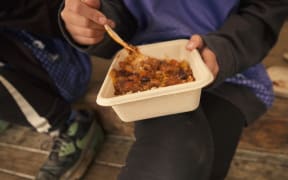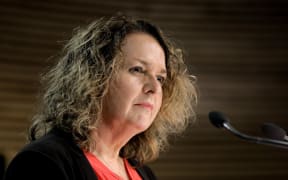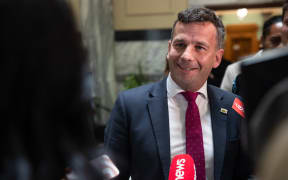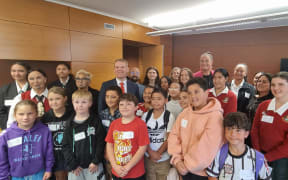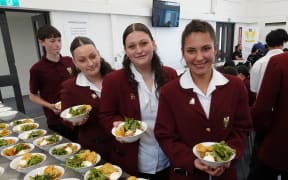Up to 10,000 more hungry children under five will become eligible for free lunches under the government's revised lunches in schools programme.
With $480 million in funding set aside until a full redesign of the scheme at the end of 2026, the government's changes meant 10,000 pre-schoolers would be funded from next year.
The Ka Ora, Ka Ako programme - which feeds about 230,000 students a day at just under 1000 schools around the country - was up for review as part of this month's Budget.
Associate education minister David Seymour announced on Wednesday that primary students already receiving free lunches would continue to do so in the same way for the next two-and-a-half years, while funding for high school meals would drop from more than $8 to $3, freeing up money to extend the scheme to pre-schools.
Charity KidsCan has been providing free food to early childhood educators in 205 centres nationwide since 2018.
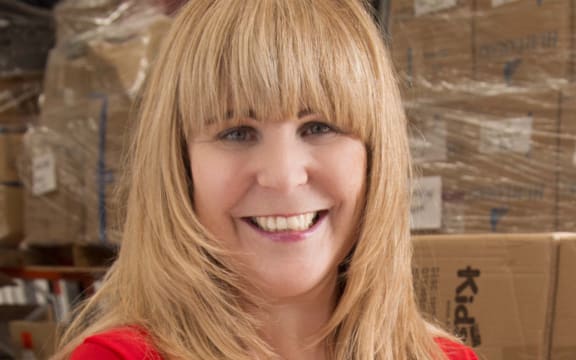
KidsCan chief executive Julie Chapman Photo: Supplied / KidsCan
But chief executive and founder Julie Chapman said another 150 centres - more than 5000 children - were sitting on the waiting list, and it would be nice to see that reduced with help from the government.
"We have the biggest waiting list that we have had since 2018 right now, and in particular, in the early childhood space," she said.
Seymour told reporters at Parliament on Wednesday the evidence showed investing in nutrition at an early age had the greatest effect.
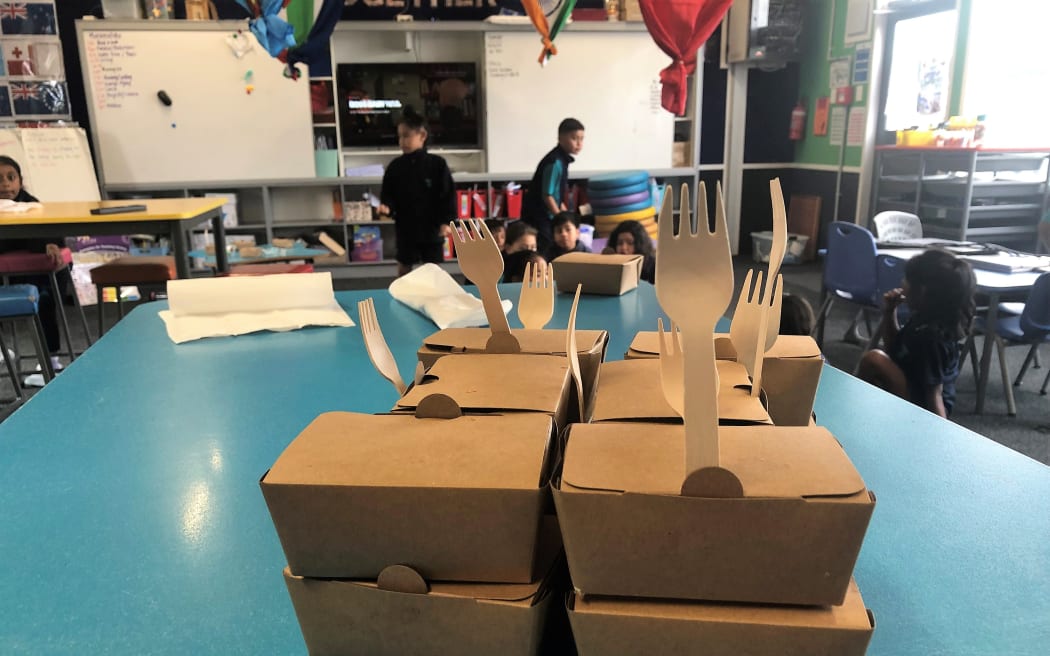
A drop in funding for high school meals will free up money to extend the scheme to pre-schools, says the government. File photo. Photo: Sharon Brettkelly
Chapman agreed: "All the evidence points to early investment in children, especially for those first 1000 days, really does set them up for life, and part of that is really good nutrition."
Nga Taonga Aroha early childhood centre in Otara was on the list of centres receiving KidsCan meals, and manager Emma-Jane Jones had seen the difference a meal could make to young learners.
"Being able to interact with their peers, manage their behaviour better, be able to concentrate," she said.
The cost of cheaper meals
Meanwhile, high school teachers were concerned $3 a meal would not be enough, and others worried a shift from hot meals to sandwiches and fruit would reduce the meals' positive effect on attendance.
Porirua College currently provided hot meals to four schools, including their own, totalling 1000 students.
Deputy principal John Topp said the lunches boosted attendance, and allowed students to sit down and bond over a meal - and he worried the switch from hot lunches to sandwiches would make lunchtime less appealing and affect attendance.
It was noticeable how many students chose to come to class on the days when butter chicken was on the menu, he said.
"Students won't be excited about our healthy school lunches," he said. "They'll get into the habit of knowing what lunch is coming when... and maybe not turning up as much."
Alec Solomon, principal of Tikipunga High School in Whangārei, said the devil would be in the detail in terms of how the programme would now work.
He said educators heard at a briefing from the minister on Wednesday morning that the new budget was more in line with the funding model used by KidsCan.
"KidsCan historically did an amazing job of getting kai to the school, and then the school had to undertake the storage of it, the delivery of it, the setting up, the students actually getting it, and then putting that all away."
He worried that hadn't been budgeted in to the cost per meal, and with resources so tight, he was not sure the new budget would meet demand.
Post Primary Teachers' Association president Chris Abercrombie said it could also mean extra work for schools required to run different programmes between age groups.
"Often our area schools and our kura kaupapa are very small schools, they're very remote schools, and so it's just going to be creating more work for these schools."
He said finding ways to cut a few dollars here and there should not come at the expense of putting food in students stomachs.

